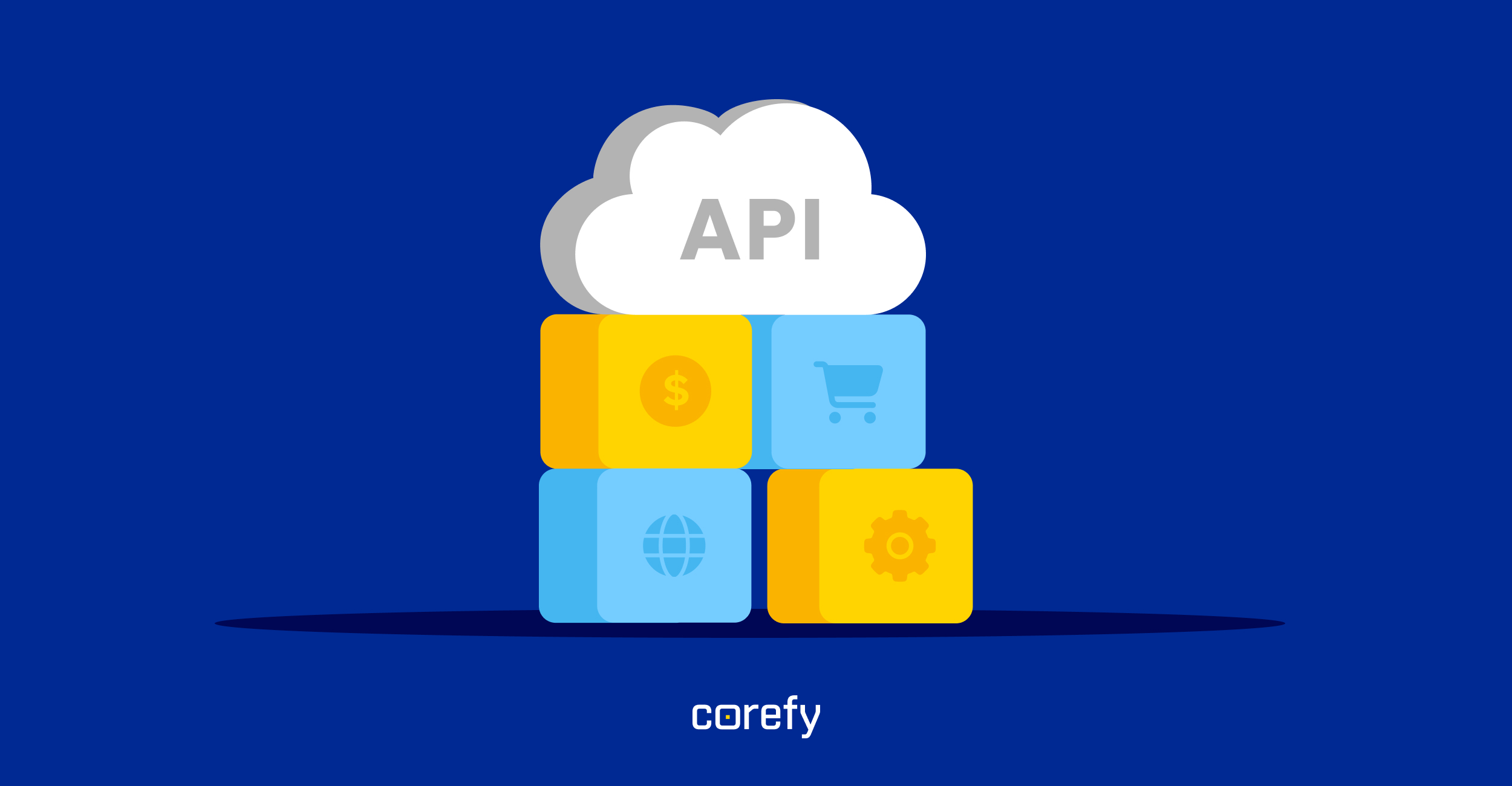Fees are a fuel that makes payment infrastructure work. It is the cost of service of every participant in the transaction processing.
Our clients work with multiple payment providers, and paying all the online payment processing fees across all the vendors is often resource-draining. Of course, you can't wholly avoid paying fees, but you can try minimising the amount you must pay. In this article, we'll tell you how to do it.
Payment processing fees explained
To improve your knowledge of payment processing fees and their types, look at our article covering the basics. It contains the average card processing fees, a formula to calculate the total cost of accepting a card payment, and a convenient table comparing all fees.
For those unwilling to dive deep, here's a quick refresher:
14 ways to minimise payment fees
Now, let's jump into the ways to reduce payment processing costs.
1. Boost transaction volume
Increasing transaction volume is a powerful strategy for lowering payment processing fees. Many payment service providers offer volume discounts, meaning the more you sell, the less you pay per transaction.
For example, a payment service provider (PSP) might charge 2.5% per transaction for merchants with monthly sales under $10,000 but reduce this to 2.0% for those exceeding $20,000.
Businesses can boost volume by expanding marketing efforts, introducing loyalty programs, or offering promotions to encourage larger purchases. Offer time-limited promotions, upsell and cross-sell products, and use targeted email marketing to drive sales.
2. Maintain a low-risk profile
Payment processors assess risk levels based on industry type, transaction patterns, and chargeback rates. Lower-risk merchants enjoy reduced fees and more favourable terms.
Each processor has its criteria for determining which merchants are high-risk, so it's essential to understand your payment partner's specific guidelines and requirements. While you may have limited control over your industry classification, there are proactive steps you can take to minimise other risk factors and avoid being labelled as high-risk.
3. Minimise chargebacks
Chargebacks not only result in lost revenue but also increase processing costs. A business with a high chargeback rate might see its processing fees increase.

Implement clear return policies, accurate product descriptions, and proactive customer service to reduce chargebacks. Use confirmation emails and follow-up surveys to ensure customer satisfaction.
4. Promote debit card use
Debit card transactions typically incur lower fees than credit card transactions. Businesses can encourage debit card use by offering small discounts or rewards for debit payments.
For instance, offering loyalty program bonuses for debit card payments can lead to direct savings on processing fees while encouraging customer participation.
5. Set transaction minimums for credit card purchases
Implementing a minimum transaction amount for credit card purchases can offset processing costs on small-ticket items.
For instance, setting a $10 minimum could prevent losses on transactions where the processing fee exceeds the profit margin.
Ensure compliance with card network guidelines and local regulations, and communicate this policy clearly to customers to maintain satisfaction.
6. Leverage address verification services (AVS)
AVS compares the billing address provided by the customer with the one on file with the card issuer, reducing fraud and associated fees. Implementing AVS for online transactions can lower the risk of chargebacks, potentially qualifying your business for lower rates.
7. Diversify payment providers
Relying on a single payment provider can be risky and costly. By diversifying providers, businesses can leverage competitive rates and ensure uninterrupted service. This approach might involve integrating multiple gateways or negotiating specialised terms with providers based on transaction types or customer locations. For instance, using one provider for domestic transactions and another for international sales can optimise cost efficiency.
The downturn here is that you'll have to establish numerous integrations and bear the costs of multiple payment gateways, so this option only benefits large businesses.
8. Use smart processing tools
Smart processing features help make the most out of working with multiple payment service providers. It is a real money-saver for high-volume merchants.
Corefy's smart processing engine allows you to route each transaction cheaply and efficiently, depending on its currency, method, bank, amount, etc. Moreover, it helps distribute your cash flows across providers in the way you need. It also drives your conversion and saves your sales, rerouting transactions to another vendor if something goes wrong on the provider's side.
Besides, you can enable dynamic currency conversion to work with multiple currencies conveniently and cost-efficiently.
9. Conduct regular reviews of payment statements
Regularly reviewing your processing statements can uncover hidden fees, billing errors, or opportunities for savings.
For example, a detailed review might reveal that you're paying for unnecessary services or that your effective rate has increased over time. Identifying and addressing these issues can lead to immediate cost savings. Set aside time each month to scrutinise your statements or consider hiring an expert to perform this analysis.

10. Streamline payment processes
Optimise the checkout process to reduce cart abandonment and improve the customer experience. This includes offering a guest checkout option, simplifying form fields, and ensuring your site's loading speed is fast.
Efficient payment processes can lead to higher completion rates and lower fees over time.
11. Negotiate fees with payment processors
Fees are often negotiable, especially for businesses with a solid transaction volume or growth trajectory. With detailed knowledge of your online sales volume and transaction patterns, approach your payment processors to negotiate better terms. Highlight your growth trends and low chargeback rates as a key differentiator.
An online merchant, for example, can demonstrate a consistent increase in sales volume over the past year as a bargaining chip for lower fees.
12. Settle transactions promptly
Prompt settlement of transactions can lower fees associated with delayed processing. Many processors charge higher fees for transactions not settled within 24 hours. A business can avoid higher charges by ensuring daily settlement, improving cash flow and reducing costs. It can also be automated to batch and settle transactions at the end of each business day.
13. Optimise account and terminal settings
Review and adjust your payment terminal and account settings regularly to avoid paying for features you don't use. Disabling unused services or features can lead to direct savings.
The same applies to your accounts with payment providers. Refer to their pricing plan quotes to understand what you're paying for and whether you need all of it.
14. Consult with payment processing experts
Consulting with experts can uncover savings opportunities and strategic advice on reducing fees. These professionals can offer insights into the latest trends, tools, and negotiation strategies to help you secure the best rates and terms.
How Corefy can help
Serving companies that work with multiple payment providers, Corefy empowers them to save on payment processing fees without lowering conversion rates. Intelligent payment routing technology enables this.
Any company leveraging multiple PSPs can automatically send each transaction to the provider that offers the best price. Finding the lowest-cost way for each transaction saves our clients up to 30% in payment fees. Besides, our Account Managers use their years of industry expertise to help our clients create custom payment routing schemes, allowing them to find the balance between economy and effectiveness.




.jpg)

.jpg)
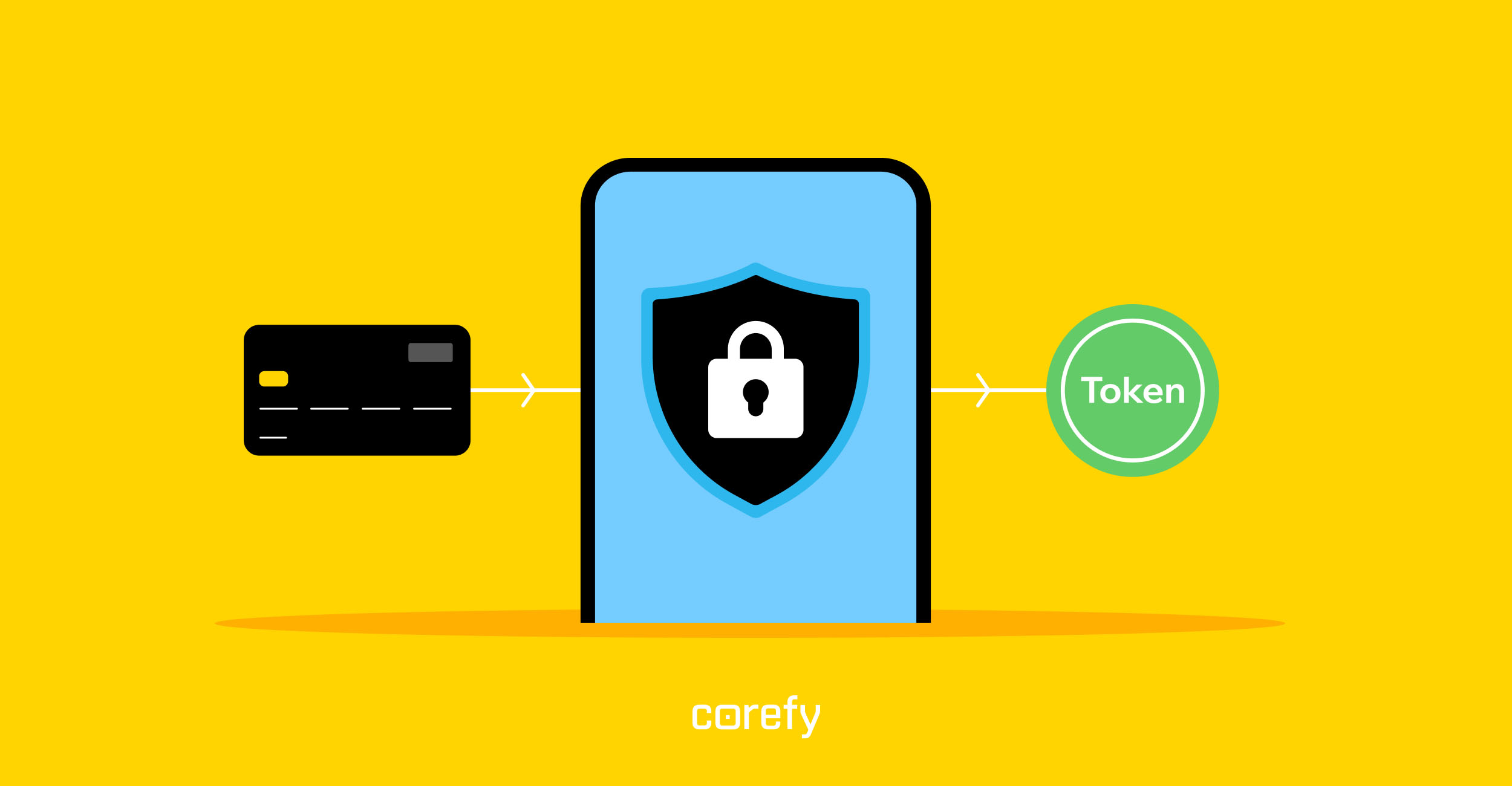
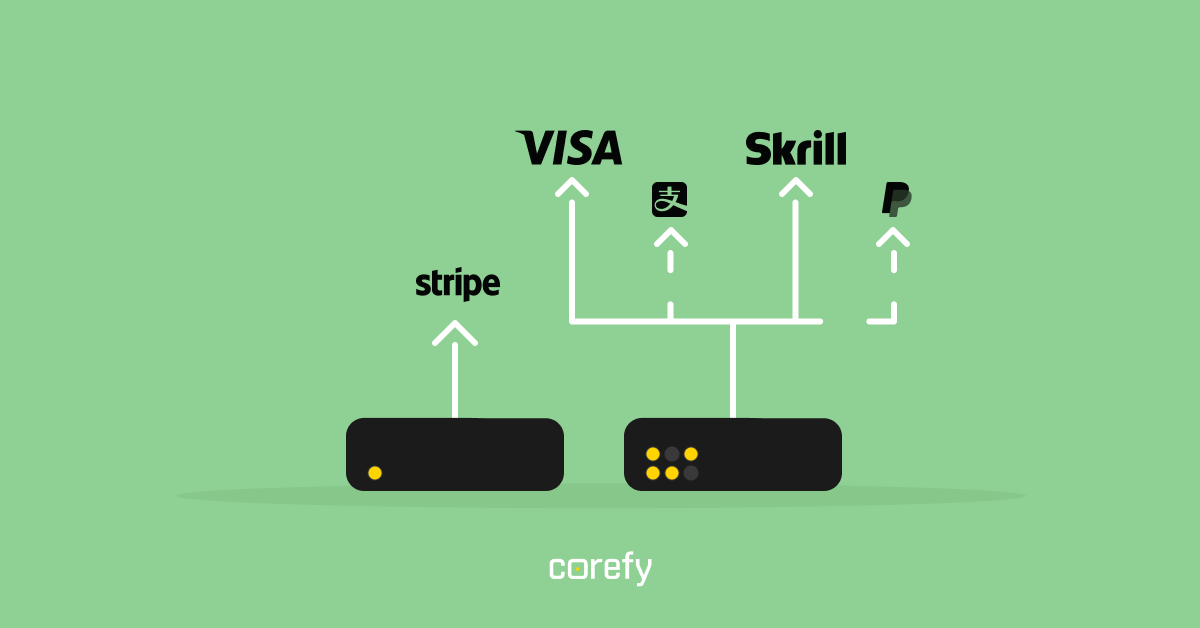
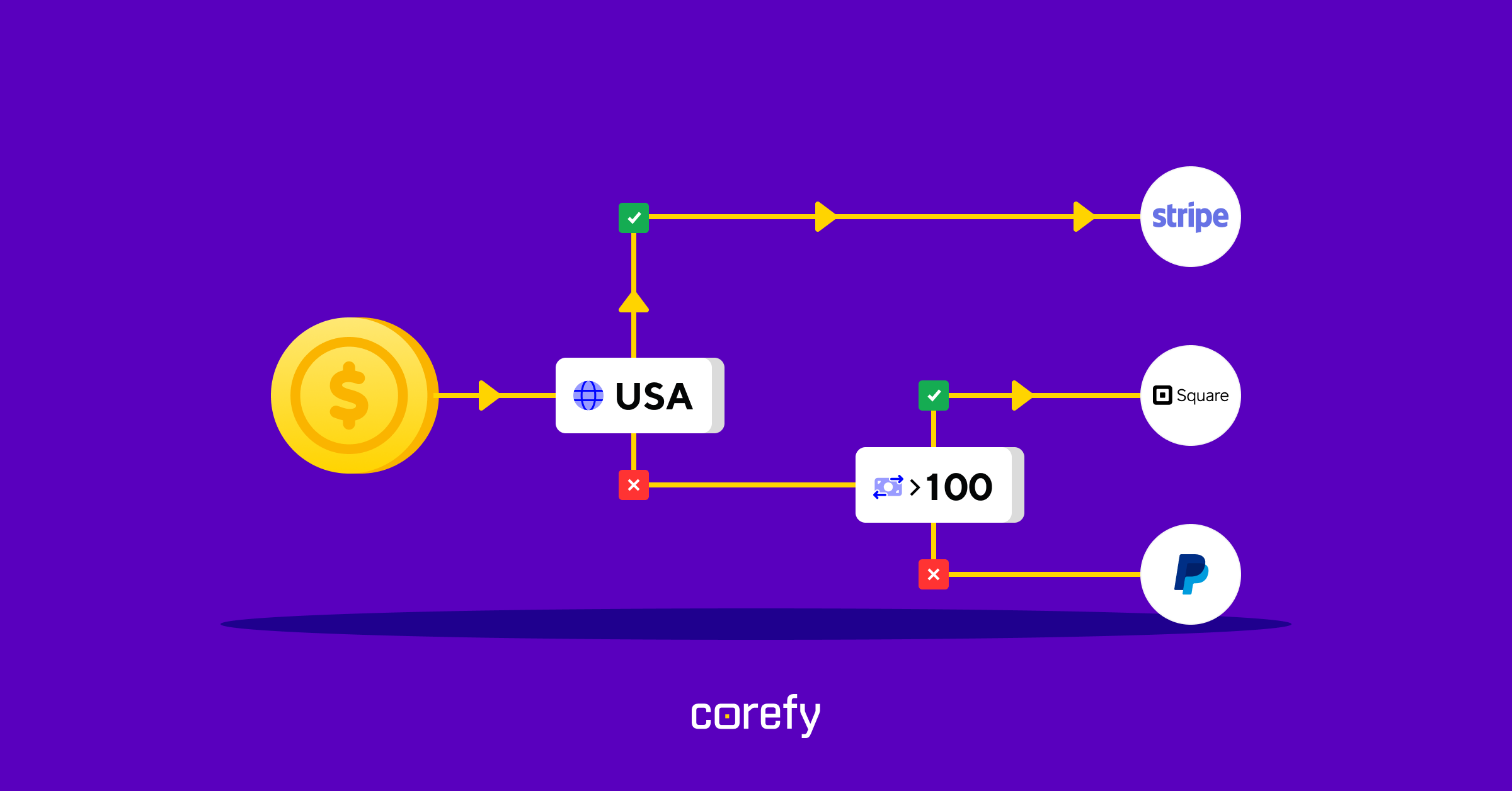
.jpg)
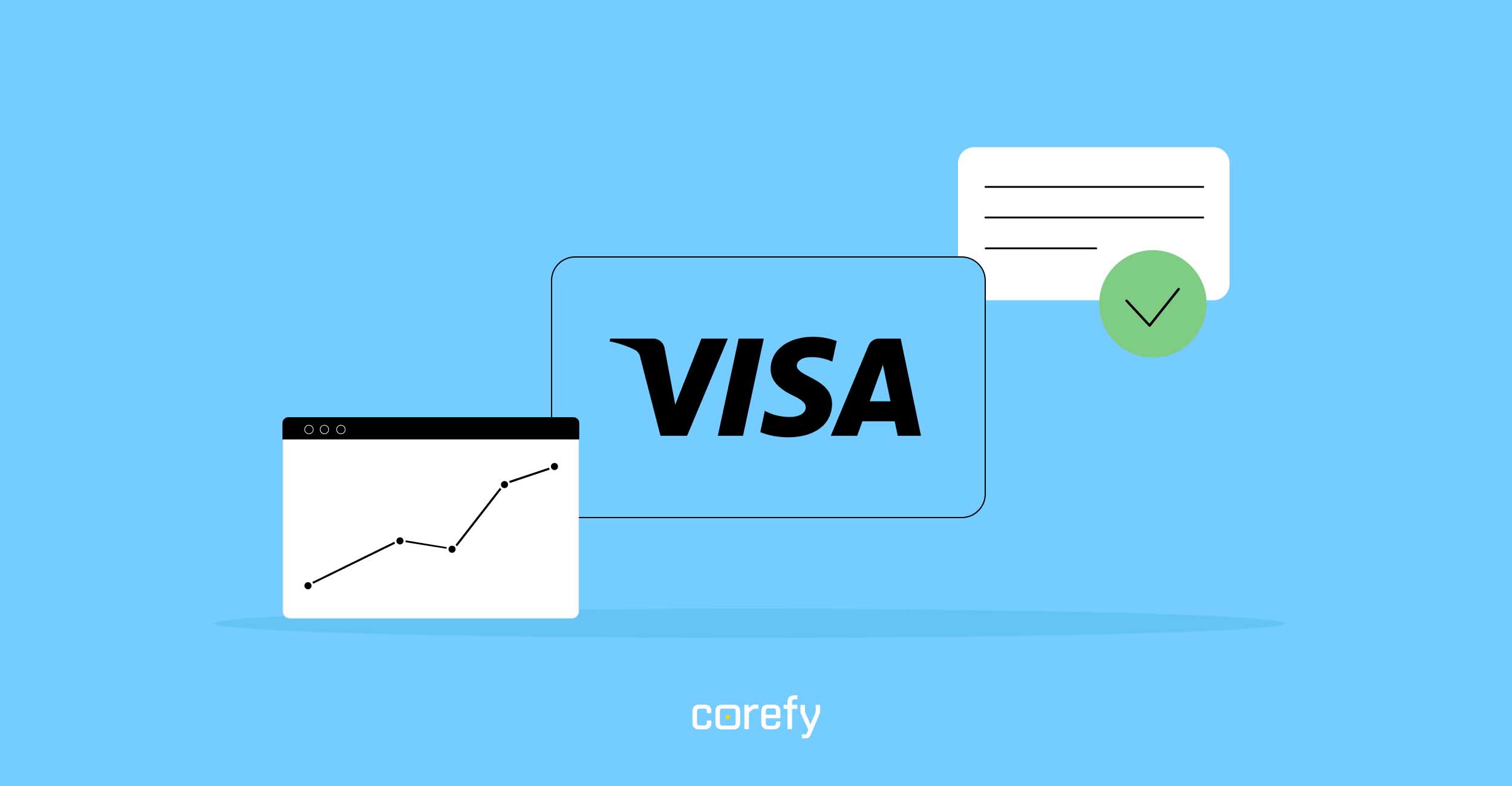
.jpg)
